Did you know that the popular “V” sign for love and peace is similar to saying “fuck you” to a person in Japan. Before you venture on a trip to Japan, it wouldn’t hurt to take a look at these 11 things you didn’t know about Japan.
SEE ALSO:
- “Ikigai”, the secret formula for happiness in Japan
- Top 10 Most Common Surnames in Japan
- What you can buy with a dollar around the world

The Japanese point with their middle finger instead of the index finger as we do.
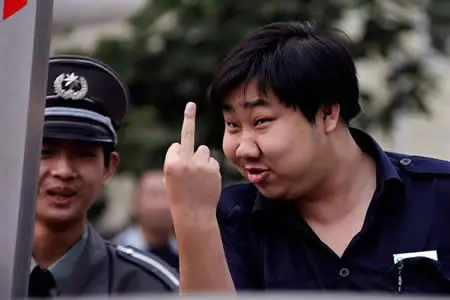
So, if you were to walk around Japan and get so mad at a Japanese guy that you show him your middle finger and try to fuck him off, it’s quite possible that he’s looking up at the sky trying to find what the hell you’re “aiming at.” Conversely, the thumb placed between the index and middle fingers is an obscene gesture in various parts of Japan.
The trains are so crowded that railway staff are hired to squeeze passengers inside.
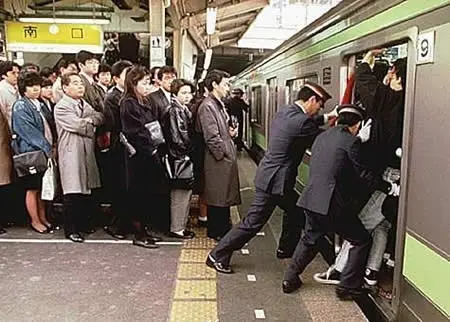
The Tokyo subway is legendary for the way people “pack themselves in” inside the carriages during rush hour. A Train Pusher, or oshiya, is in charge of pushing passengers to occupy every inch inside the car during rush hour in the mornings and afternoons.
It becomes difficult to close doors when the number of passengers is more than 200% of a train’s capacity, but often these workers are on train platforms that are at around 120% capacity. When they were first brought to Shinjuku Station they were called “the passenger carriers,” and many of these were students who worked part-time, currently station staff or part-time workers fill out these papers during rush hour.
There are beer vending machines in Japan.
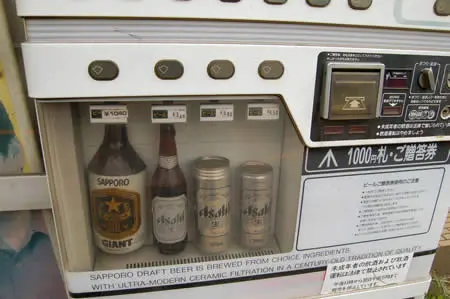
Most people probably know that Japan has a lot of vending machines, according to wikipedia there is one for every 23 Japanese people. Japan has one of the highest densities of vending machines in the entire world.
What some people might not know is the variety of things you can get from a vending machine. Not just snacks and magazines. You can also buy beer, whiskey, sake, cocktails, and more.
The Japanese government has introduced a card to buy cigarettes, you have to be over 21 years old and use one of these to buy cigarettes from a machine. Some of the machines also have age recognition cameras.
The first geisha were actually men.
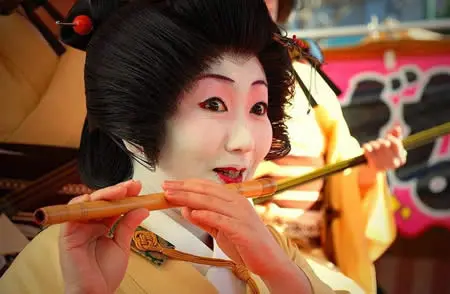
Yes, that’s true!. The male geisha is known as Honko and danced for patrons of bars and restaurants. Many people believe that Geisha were prostitutes, but this is far from their true occupation. Geisha means “person of the arts.” They were musicians, expert dancers and funny storytellers who liked to touch on taboo subjects.
There are no 24/7 ATMs in Japan.
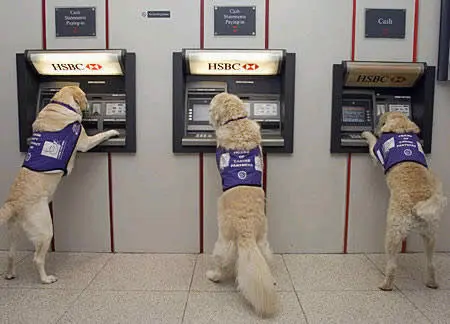
Most ATMs are not 24-hour in Japan. The Japanese standard for ATMs is that they are open from 9 to 7 p.m. on weekdays, and hours are even more limited on Saturdays and Sundays, with machines closing at night and on holidays.
The “V sign” is an obscene insult.
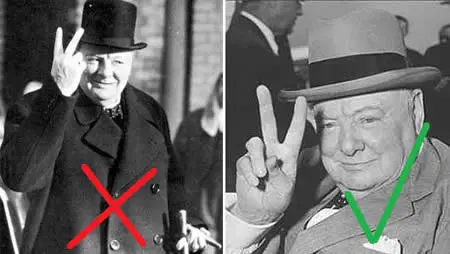
Make the sign of love and peace, move your hand so that the back is against the computer screen. It’s just like you’re saying “fuck you” in Japan. So if you plan to visit Japan one day, don’t try to say “peace” in the style of the 70s.
It is considered rude to say the word “NO” directly.
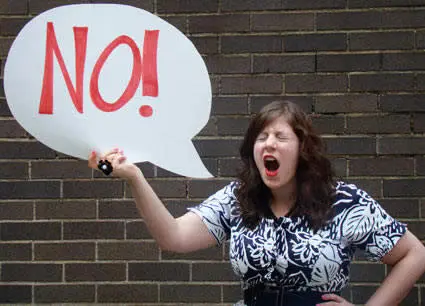
In the Japanese language, it is considered rude to say the word “no” directly. Instead, people often say “hmm” or things like rewording a question.
The Japanese live longer than anyone else in the world.
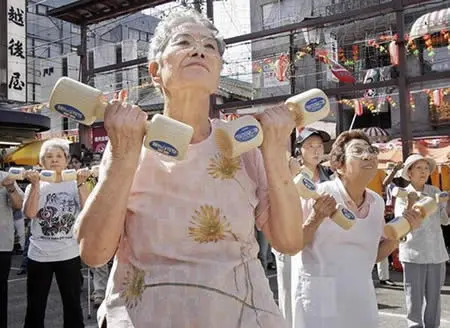
The island of Okinawa in Japan is the best place on earth for healthy aging. Okinawans have more people over 100 years of age per 100,000 inhabitants than anywhere else in the world, the lowest death rates from cancer, heart disease, and stroke (the top three causes of death in the U.S.), the highest life expectancy for men and women over 65, and Okinawan women have the highest life expectancy among all groups.
The green traffic light is called “blue”.
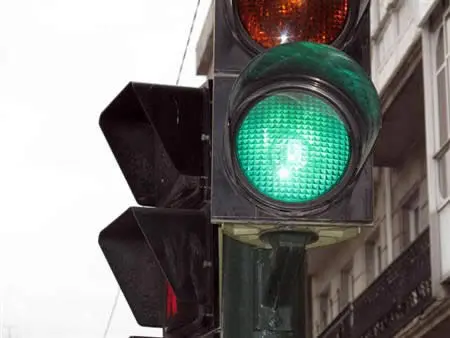
According to the book, Japan From A to Z: Mysteries of Everyday Life Explained by James and Vardaman Michiko, the first road signs in Japan were blue instead of green, but the blue lights were difficult to see from a long distance so they were replaced by green ones. Vardaman says the custom of referring to traffic lights is a vestige of those times.
This sounds like a good explanation, but the problem is that you’ll hear people in Japan refer to other green things (like cucumbers, spinach, and grass) as blue things. This is because historically, the Japanese consider green to be a shade of blue. For example, the Chinese character for blue, pronounced ao is made up of two characters, iki (life) and i (good) and refers to the color of plants growing around a well, a color between green and blue. When Chinese people see the character, they say it means green, but the Japanese say it means blue.
Japanese color books tell us that there are four tertiary colors—red, blue, white, and black—and that all others are shades of the four main ones. Ao, therefore, is an ideal kind of blue, halfway between green and blue. The sky is said to be blue, but it is a different shade of a traffic light. The leaves of the trees are said to be green, but green is a shade of AO, as crimson is a shade of red. In another very interesting cultural difference in relation to color, Japanese children always dye the sun red instead of yellow.
It takes 3 to 7 years of intensive training to become a fugu chef.
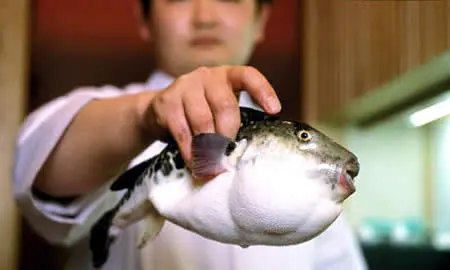
Fugu, also known as pufferfish contain a potent toxin 12,000 times more toxic than cyanide. The ingestion of this toxin is deadly, which is why fugu, which is served exclusively in Japan, is prepared with special care.
Chefs who wish to serve fugu must undergo a rigorous three-year training course and a set of exams. The exams are written and practical, and in the end, the chef has to eat the fugu he has prepared. According to the BBC, only a quarter of all cooks try to pass the written test.
This training may not be necessary in the future as some fish farms in Japan are producing poison-free fugu.
Most of its territory is at sea.
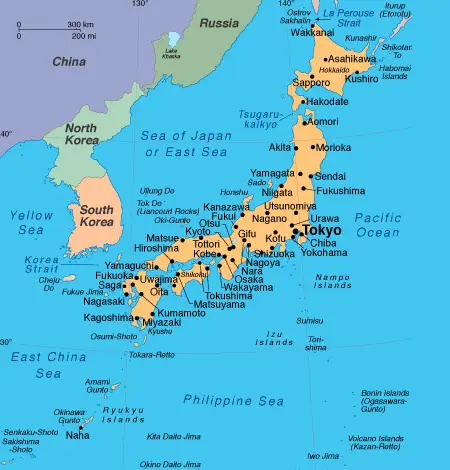
Japan is a country made up of more than 6800 islands. The islands make up less than 15 percent of Japan’s total territory. Most of its territory is in the ocean.
Related:



Comments